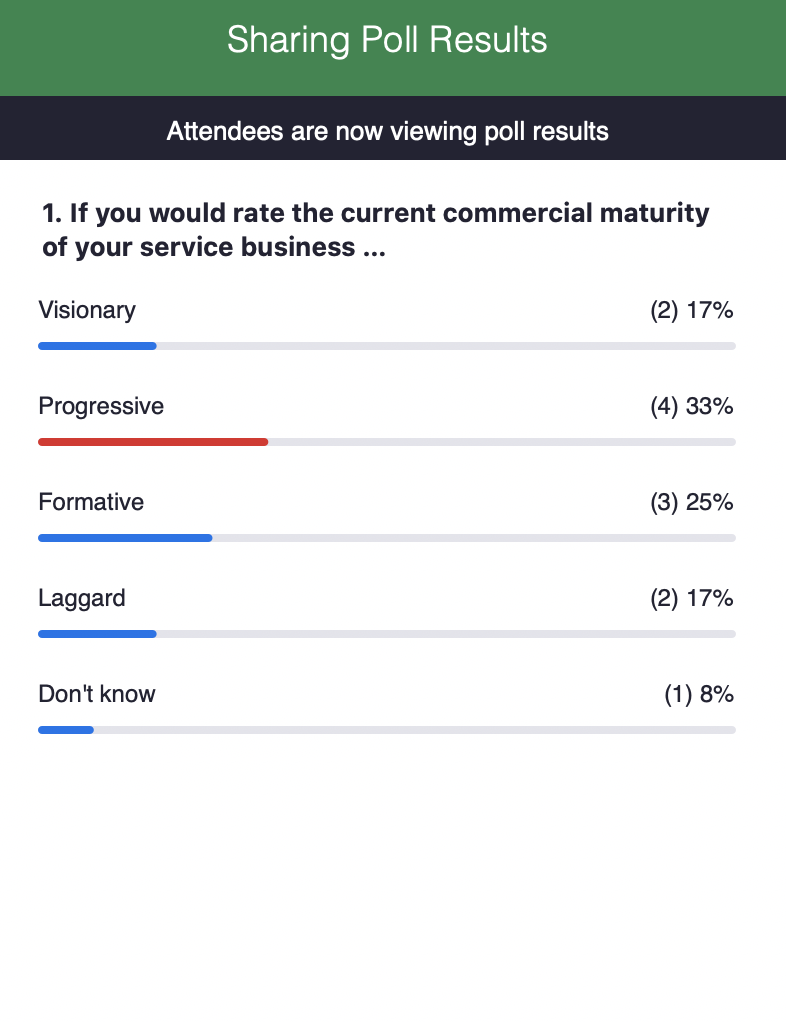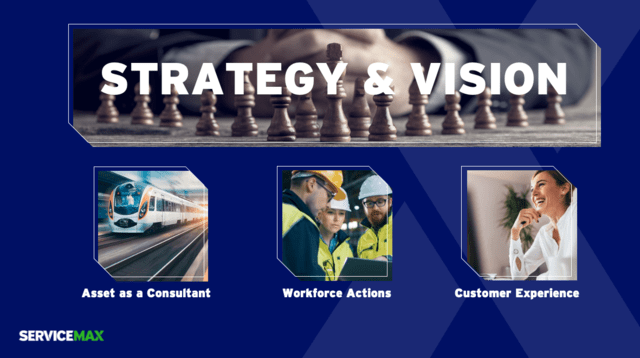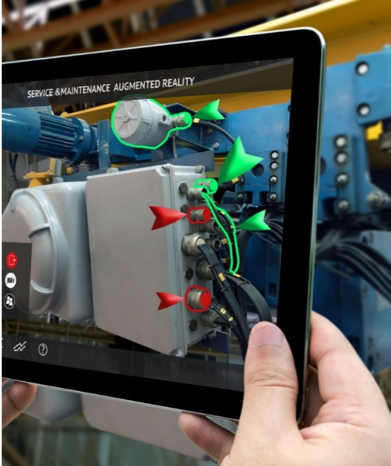Co-author: Allan Alexopulos
ServiceMax and Bolt Data recently had the opportunity to join ProntoForms in a session at EMPOWER‘21 to share how their capabilities enhance service solutions on the ServiceMax and Salesforce Field Service platforms. From contextual app building to bi-directional data flows, you can hear Mansell Nelson, SVP of Business Development at ProntoForms, Allan Alexopulos, Managing Director at Bolt Data, and Coen Jeukens, VP of Global Transformation at ServiceMax, cover all this and more in the session here.
xHere’s a sample of what you’ll learn about in the session:
- Contextual app building
- Bi-directional data flows
- Custom contextual workflows
Recently, I had the opportunity to catch up with Allan Alexopulos about our experiences with ProntoForms in the field. We walked away with key learnings that we’d like to share with service leaders who are evaluating the business case of smart forms and checklists.
Why we use checklists
We use checklists to ensure our technicians work safely, to prove we are compliant, and to collect data. Checklists are everywhere and they are a powerful instrument. At the same time, they drive many technicians nuts. To realize true value from your checklists, it’s important to ask your technicians a simple question—how much tool-time do you have and how much time do you spend on admin?
The value of doing a ride-along
Last week I had the privilege of doing a technician ride along for a supplier of industrial gasses. A lot of those gasses are not healthy to humans, so safety is their first priority. The installations storing the gasses are configurable for each customer. So you can imagine the importance of updating the as-maintained and meter readings.
They had more than 50 forms. The longest form contained 223 questions. If you forgot to enter mandatory fields, you couldn’t save. It could get worse if the equipment was located in an ATEX zone. No electronic devices allowed. Would it surprise you that 30% of capacity was used on hands-on-tool-time and 70% on admin?
The business case here is obvious. So is the wish list of the technician. It is not rocket science—what you need is a forms tool that allows you to be smart.
Prepopulated forms
How much dual entry of data does your technician have to complete? During my ride along the technician had to repeat the entry of customer and work order data four times. It’s obvious that such data could easily be prepopulated.
In my previous role as service manager at Bosch, I learned from my technicians that a preventive maintenance job would start with pulling the previous PM report. In the old days that report would be an excel file.
- Step 1: copy previous file
- Step 2: rename to current job
- Step 3: only change those fields that have changed
Compare these three steps with your current process and form design. Anything that will cause more work will reduce the adoption rate of new tools.
Contextual forms
Going back to the repository of the 50 forms. These forms were designed as generic forms, catering to all possible eventualities. I asked the technician how he knew what fields to fill and which ones to skip? His answer: tribal knowledge. And if he didn’t know, he would call a colleague.
As each gas installation was different and most customers would have their own work permit and safety guidelines, you can imagine the generic safety checklist is pretty long and error-prone.
High on the wish list is to have forms to be contextual. Maybe the most basic variant: when doing three jobs on a day for the same customer, please prompt safety questions in a smart way and not as a triple entry.
The value of an implementation partner
When talking to Allan about his recent implementation project, he shared some key learnings that allowed the team to tackle complex global compliance requirements.
The project’s goal was to streamline and standardize compliance reporting for a leading medical device manufacturer. With the combination of a deep and diverse product line, regional compliance reporting requirements, and a diverse worldwide workforce, this was the most challenging part of the global rollout of the company’s ServiceMax Field Service solution.
In addition to improving the accuracy of compliance information coming from the field, the Bolt Data and ProntoForms teams also aimed to improve the design and maintenance of the checklists used by field technicians. By working closely with ProntoForms’ R&D and services organization, Allan was able to architect the solution to create highly maintainable checklists that were then translated into multiple languages and integrated into the field technicians’ mobile devices.
As a highly knowledgeable implementation partner, Allan and the team at Bolt Data knew how to best solution to meet the organization’s needs. One of the most impactful changes was having checklists be centrally managed, which allowed for iterations to be easily rolled out as regulatory requirements change. Adding a question or changing the range of acceptable values for a question could now be easily updated and pushed to the field worldwide with a fraction of the effort and time previously required.
Reflecting on his time on the project, Allan noted, “The effort to manage compliance checklists is a fraction of what it used to be and the quality of the information coming from the field is dramatically improved, resulting in higher quality and faster compliance reporting. ProntoForms leadership and collaboration with the project team were instrumental in the success of the project.”
To learn more about deploying forms to boost your business, make sure to watch our EMPOWER’21 session on-demand here.
This article is published in ServiceMax Field Service Digital on October 5th, 2021











